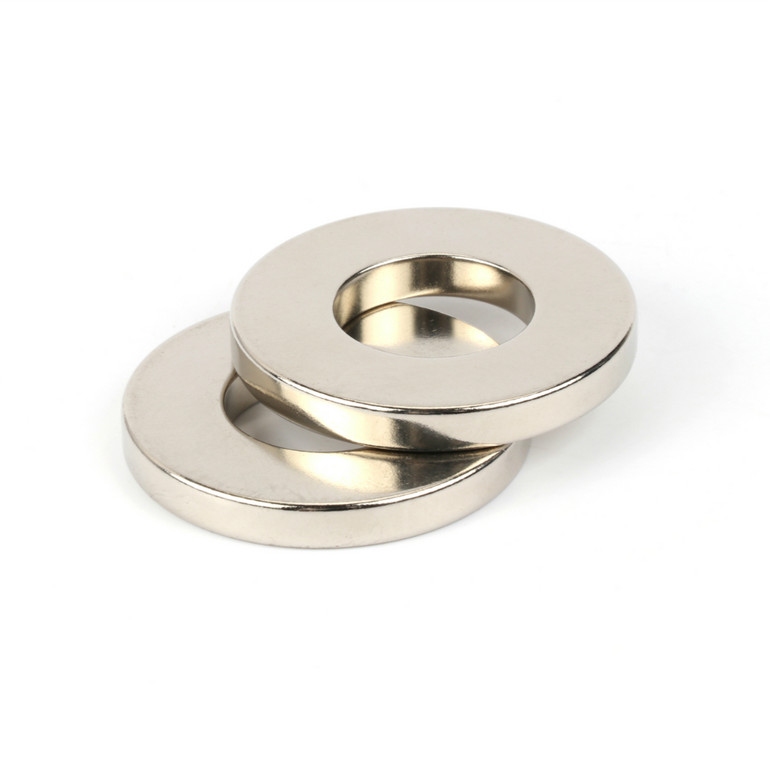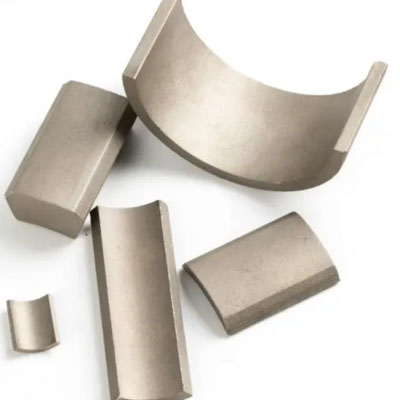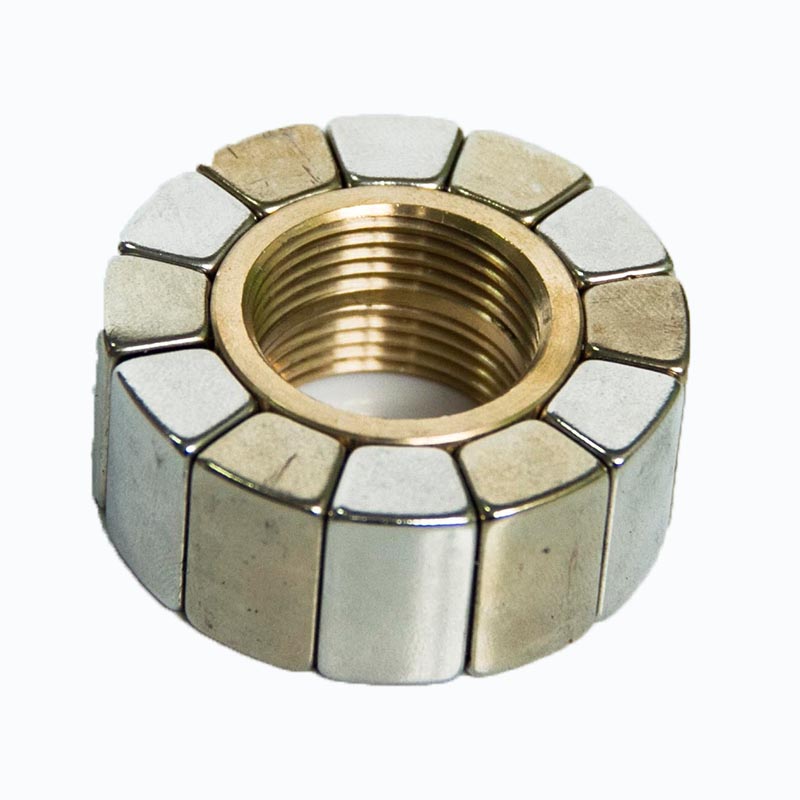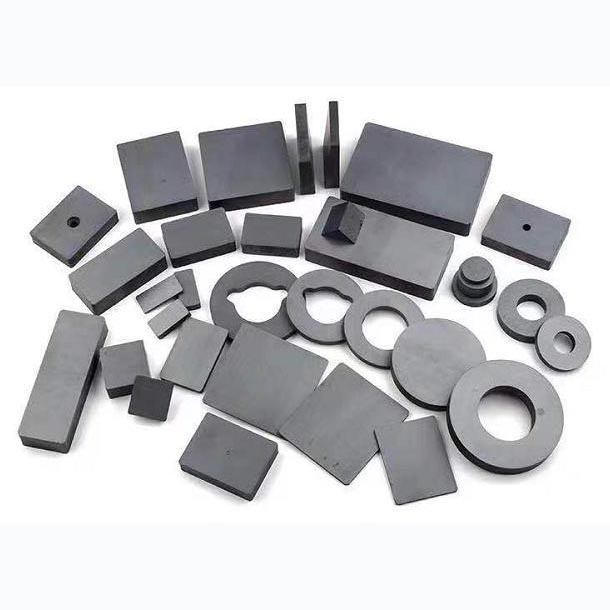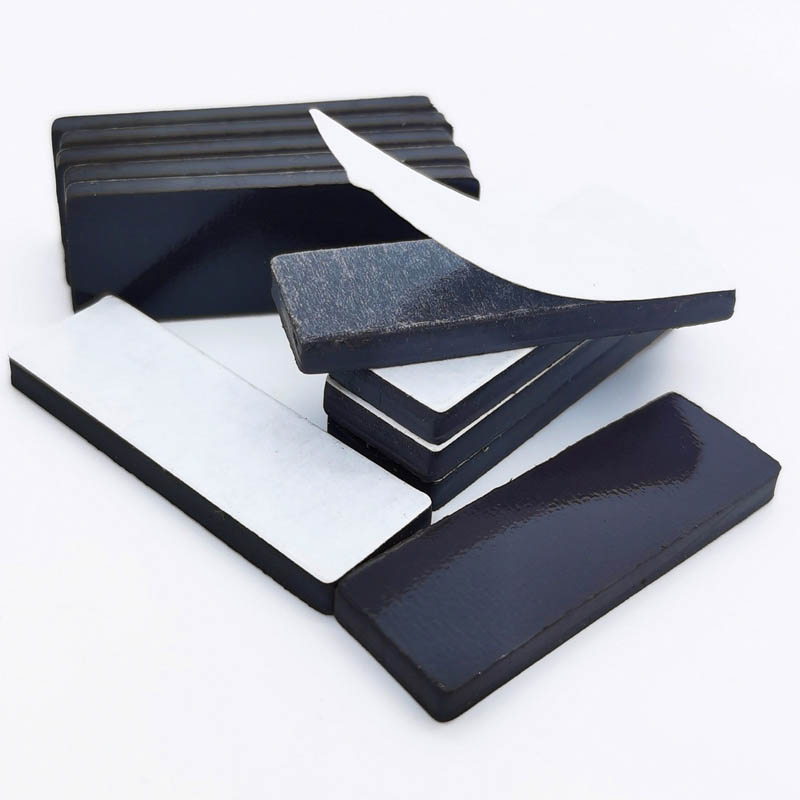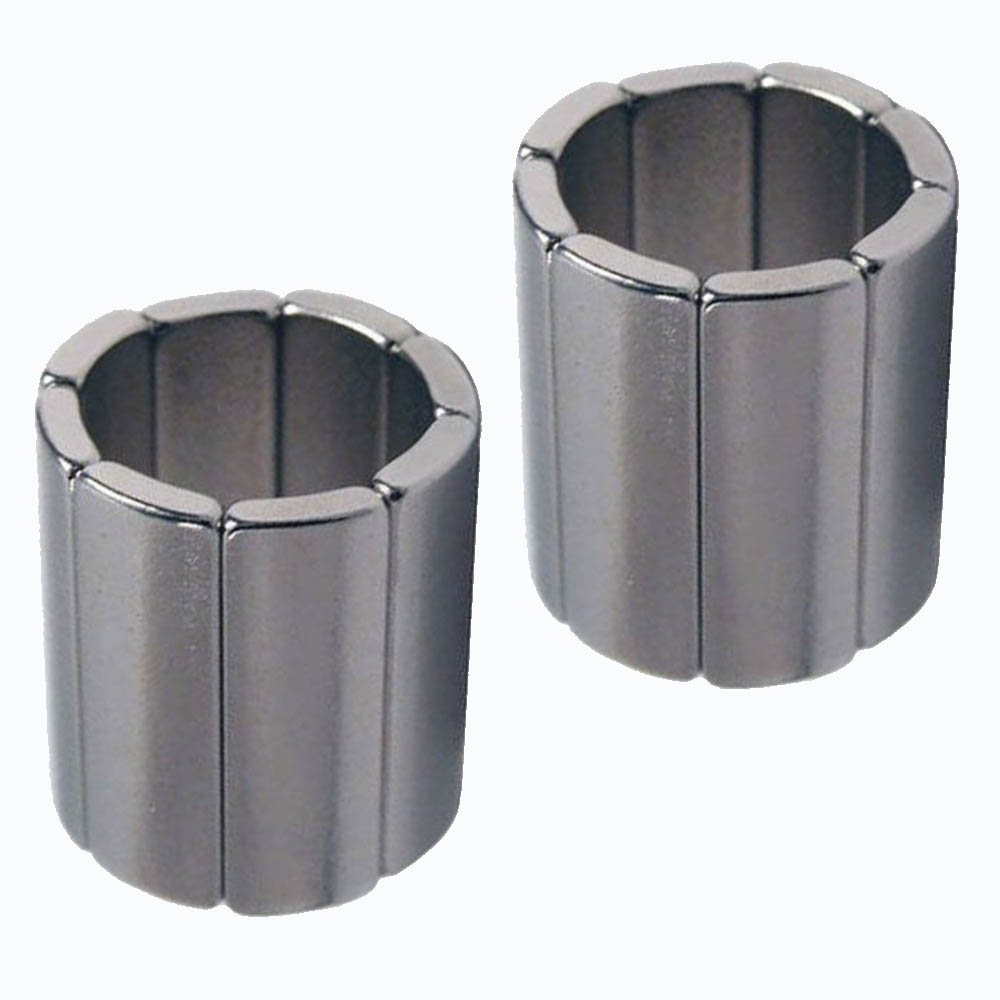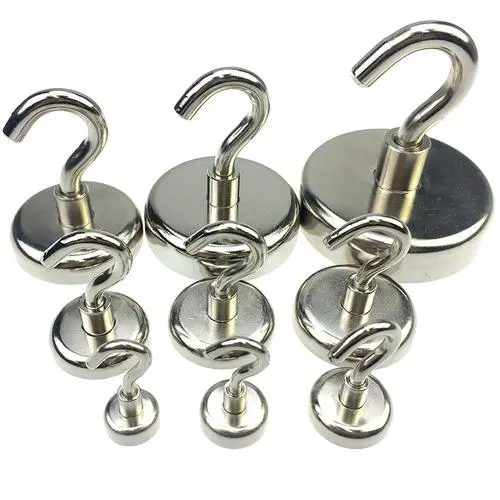How Much Weight Can a Strong Magnetic Hook Really Hold?
Strong Magnetic Hooks are widely used in homes, offices, workshops, warehouses, and even outdoor environments. Their main appeal is simple: you can hang things without drilling holes, and you can move them anytime. But many people ask a very practical question—how much weight can a strong magnetic hook actually hold? The answer depends on several factors, not just the hook itself.
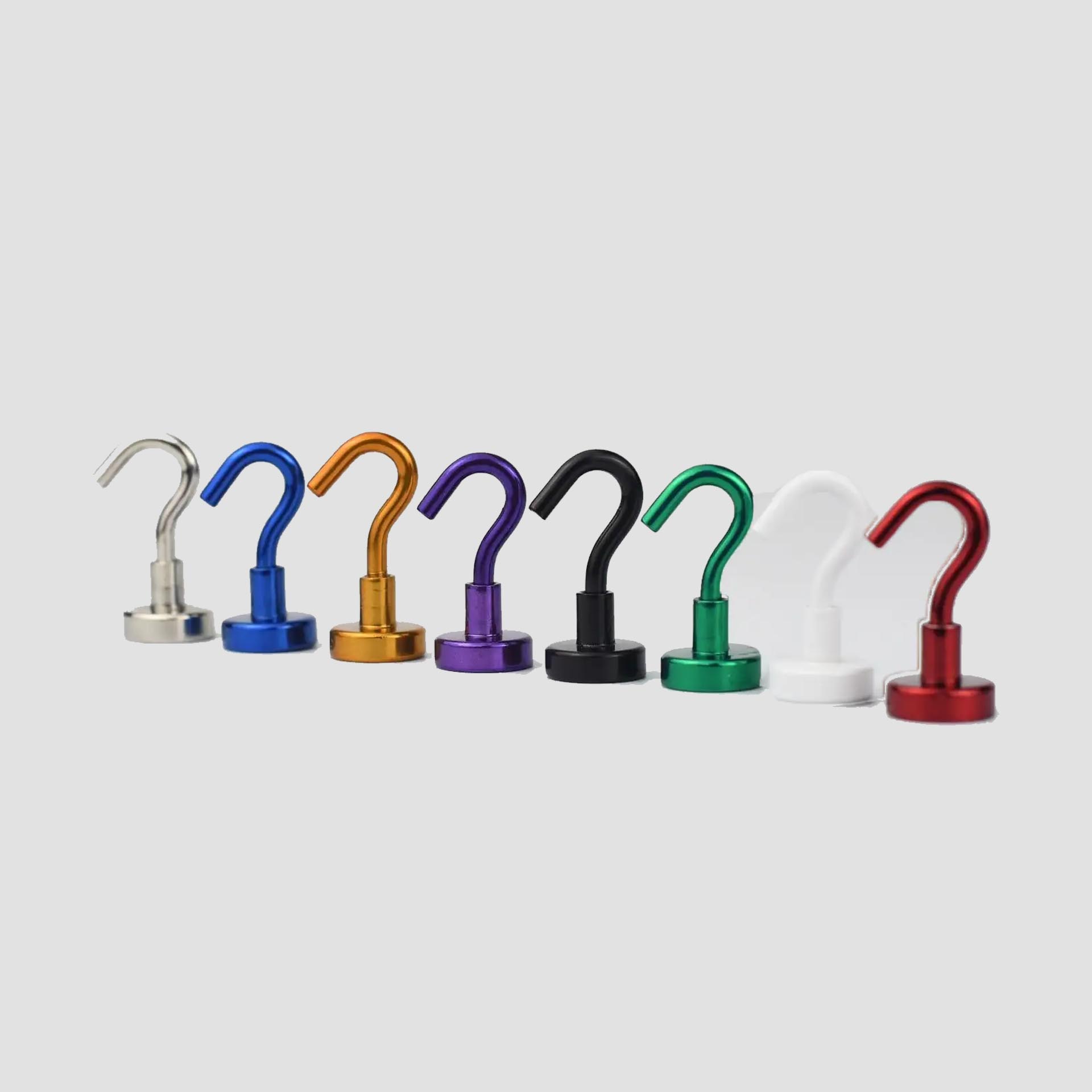
Magnetic hooks are rated by their pulling force, which is the amount of vertical force needed to detach the magnet from a thick, flat, clean steel surface under ideal conditions. For example, a magnetic hook rated at 20 lbs means it can resist up to 20 pounds of pulling force—straight away from the metal surface. However, in real-world use, the situation is rarely that perfect.
First, the surface condition matters. A strong magnetic hook will perform best when attached to a smooth, flat, and thick steel surface. If the surface is painted, dirty, rusty, or curved, the magnetic strength can drop significantly. In some cases, even a powerful magnet may hold only half of its rated weight if the metal surface is uneven or too thin.
Second, the direction of the force plays a major role. Pulling force is tested in a straight vertical direction, but most people use magnetic hooks to hang things downwards, which applies force sideways or downward. This shearing force is more likely to cause the magnet to slide off than direct pulling. As a result, the actual hanging capacity in daily use is often about 30% to 50% of the rated pull strength, depending on the angle and the surface.
Third, magnet material and grade influence how strong the hook is. Most strong magnetic hooks use Neodymium Magnets, often referred to as rare-earth magnets. These are the most powerful types of permanent magnets available today. They come in different grades, such as N35, N42, or N52. A higher number usually means stronger magnetic force, but again, real-life performance is influenced by how and where the hook is used.
Fourth, temperature can also affect magnet strength. Neodymium magnets can start losing their strength at high temperatures, especially above 80°C (176°F), unless they are specifically designed for heat resistance. If you are using magnetic hooks in a hot workshop, kitchen, or outdoors in the sun, their holding power may decrease.
Lastly, the shape and size of the magnet base matter. A wider magnet base typically provides a larger contact area with the metal surface, improving grip and reducing the chance of sliding. A small hook with a tiny base may claim a high pull rating, but in practice, it will be more prone to shifting or falling under sideways loads.
So, how much weight can you really hang on a strong magnetic hook? If a product says it can hold 30 lbs, that’s likely under lab conditions, pulling vertically on a thick steel plate. In actual use, if you're hanging an object like a coat, bag, kitchen utensil, or light tool, it's safer to estimate half or even one-third of the rated capacity. That means a 30-lb rated magnet may securely hold about 10 to 15 lbs of hanging weight on a vertical surface like a fridge or locker.
To make sure your magnetic hook holds well:
Always attach it to clean, smooth, and solid metal surfaces.
Avoid using it on painted or powder-coated areas if possible.
Try not to overload beyond 50% of the rated strength.
Use multiple hooks for heavier or larger items to distribute the load.
In conclusion, strong magnetic hooks are incredibly useful and versatile, but their performance depends on more than just the strength rating on the label. Surface quality, angle of pull, magnet grade, and environmental conditions all affect how much weight they can reliably support. By understanding these factors, users can make better choices and use magnetic hooks more effectively and safely in everyday situations.




 English
English


